
By the time they’ve built the benchwork and installed and wired that track, the typical new layout builder starts asking a very important question: “What comes next?” The answer, of course, is scenery. Trains, track, or a command control system can be used more or less straight from the box. Even benchwork, which starts its […]
Read More…
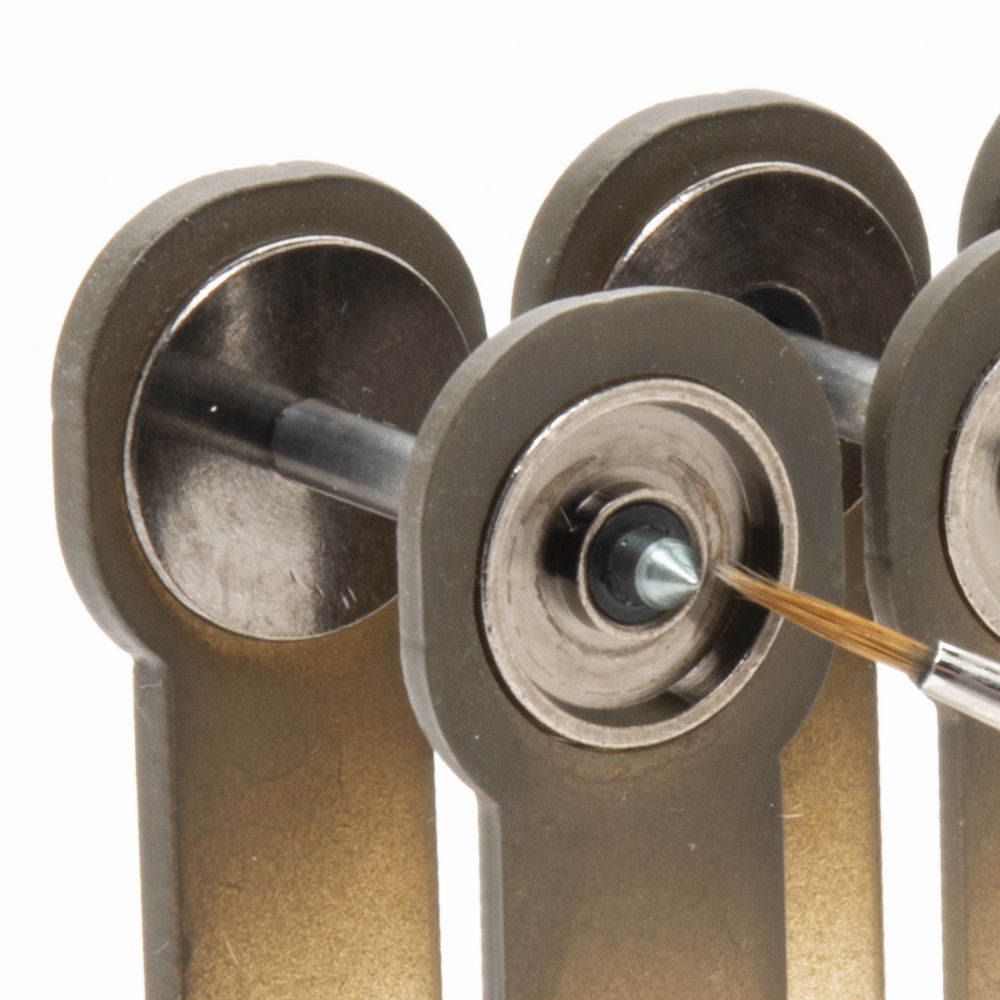
Q: I’ve seen a few Model Railroader articles on painting and weathering that reference liquid mask. How does the product work, and where can I find it? — Michael M. A: Liquid mask is a product that’s applied with a brush to keep paint off of areas that would be hard to cover using traditional masking […]
Read More…

In 2016, to separate the road and the track, I built a retaining wall and safety fence around one of the curves in my railway. I used pieces of treated wood to represent concrete blocks, and 3” wide strips from white plastic-coated wire baskets to serve as the fence (August 2016 Garden Railways). After eight […]
Read More…
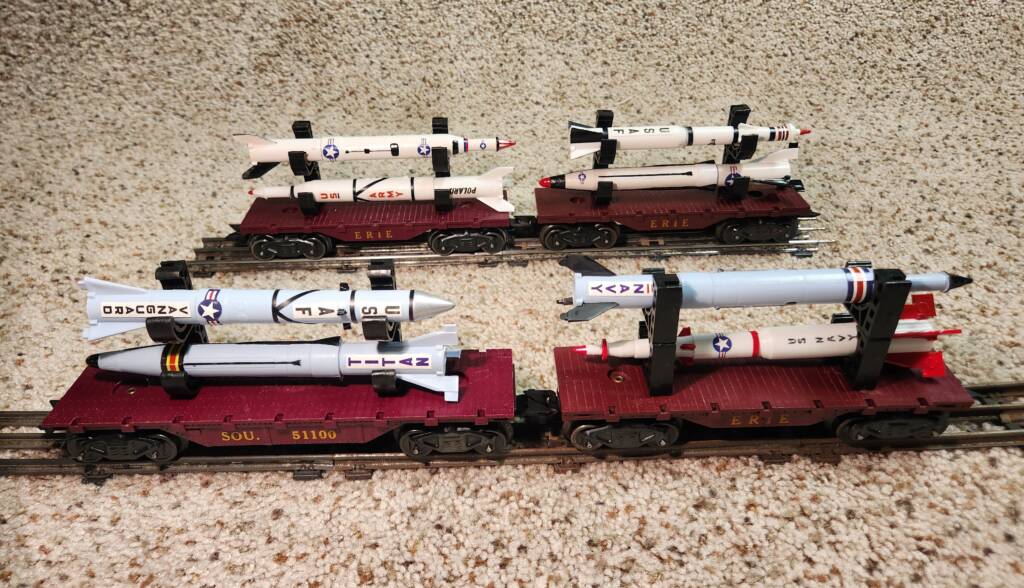
Marx offered a Missile Launcher & Carrier car that was a neat item. Unfortunately, it was only available in 1957, 1961 and 1962, making it both rare and hard to find. If you want a similar-looking car, I have a less-expensive solution that’s an easy weekend project. A couple years ago, a friend brought over […]
Read More…

A few months ago I wrote about a boxcar storage shed in Crookston, Minn., my hometown. During that same visit my friend, then an employee of Minnesota Northern RR (since retired) gave me a tour of the rest of the yard. Sure, I spent time photographing the usual things — locomotives, rolling stock, structures, and […]
Read More…
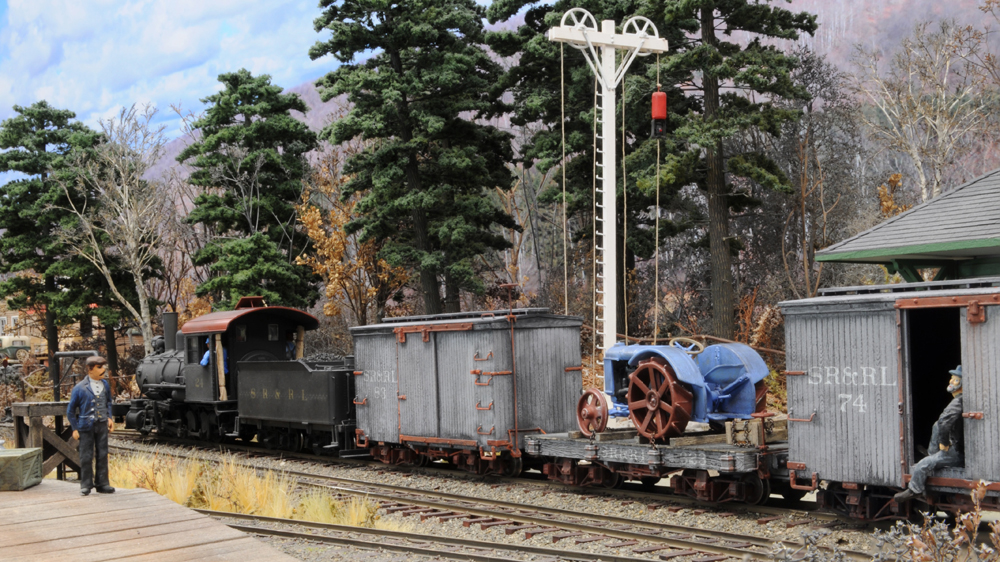
Our On30 Sandy River & Rangeley Lakes Railroad is a bit smaller than its prototype counterpart, running only from Kingfield to Strong, quite a few miles less than the 120 + miles covered by its full-scale counterpart. With this in mind, after seeing some Bachmann On30 18-foot boxcars on the internet, I decided that having […]
Read More…
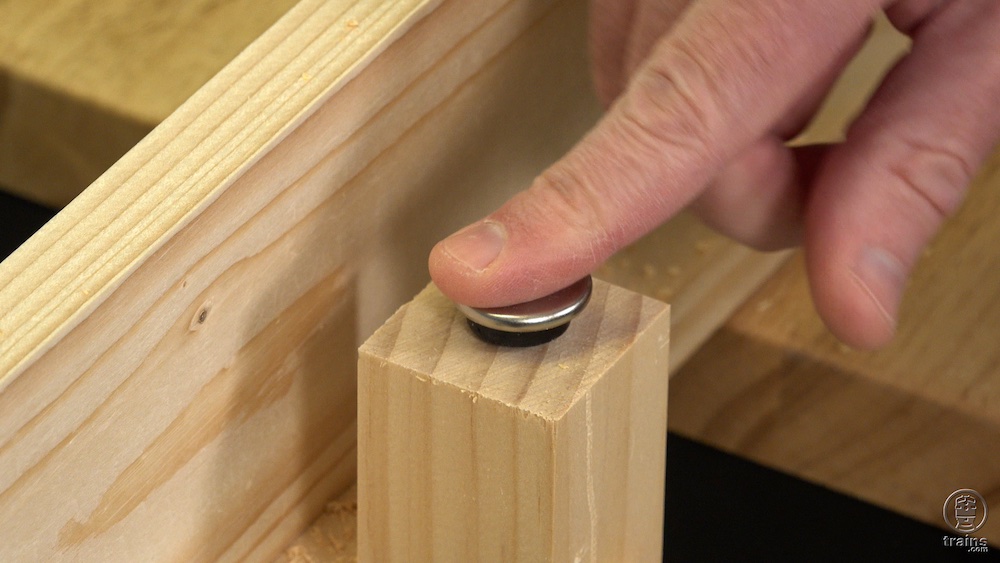
When building a model railroad, one feature you should consider is adjustable levelers at the foot of your benchwork’s legs. As the name suggests, these help level your layout when it’s standing on an uneven floor. Here’s how to install adjustable glides on benchwork legs. There are a couple of purchasing options for levelers. One […]
Read More…
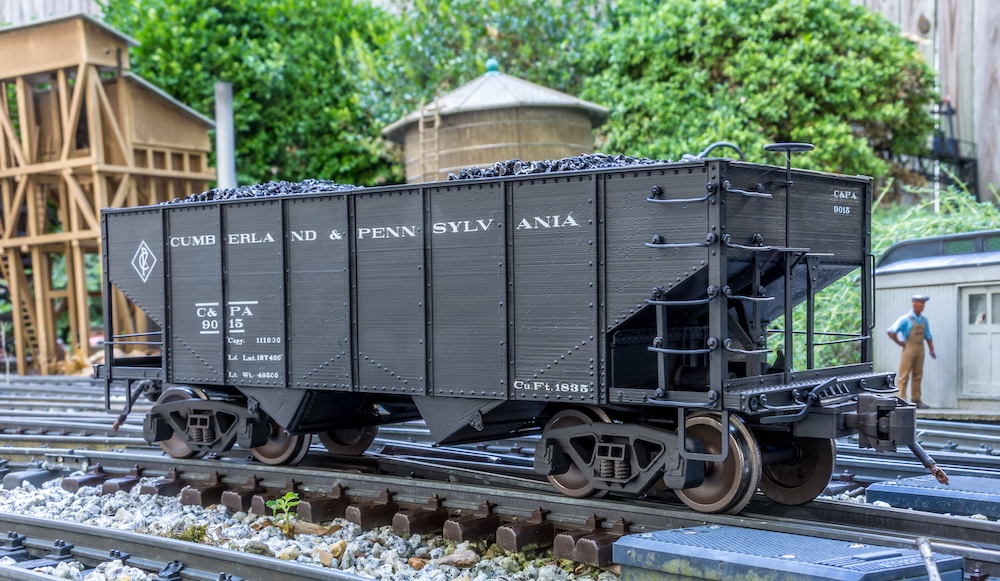
I model the Western Maryland Ry. (WM) from the 1920s to before the start of World War II. Appropriate commercial models of coal hoppers for my modeling era are limited in large scale. I was using LGB two-bay and Bachmann three-bay hoppers as stand-ins, but I wanted accurate, period-specific coal hoppers for my rolling stock […]
Read More…
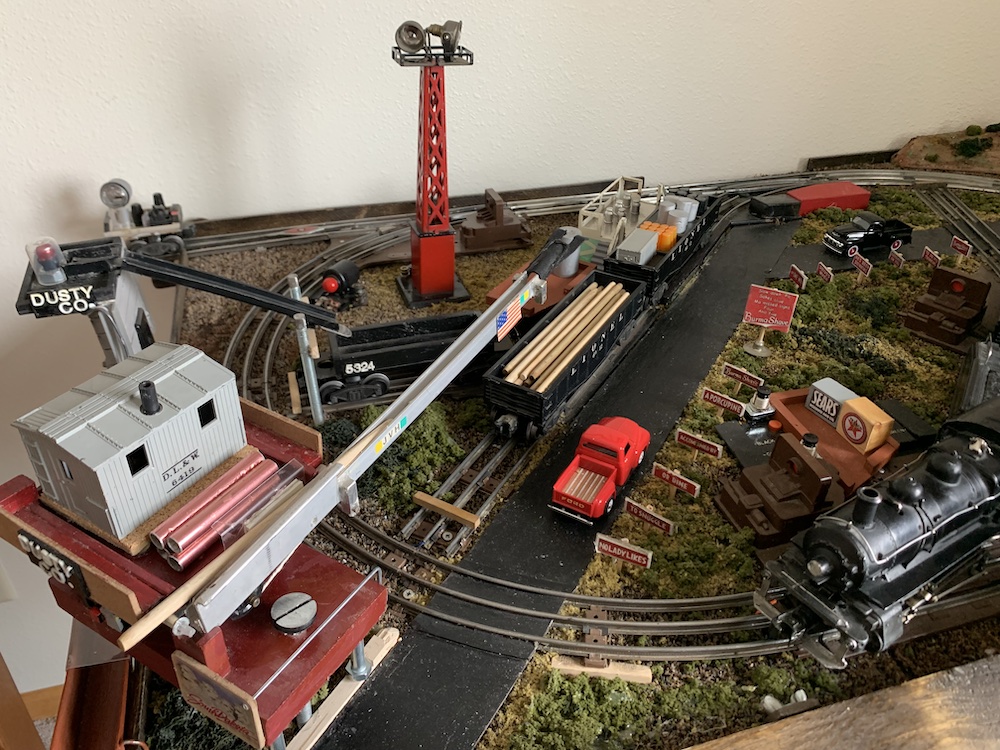
Don’t have a lot of money to build a new layout? Perhaps you have a lot of odds and ends in your scrap box and want to put them to use. These “cast-off” items, along with common hardware materials, can provide you with enjoyable, innovative projects that could create a small layout. This layout could […]
Read More…
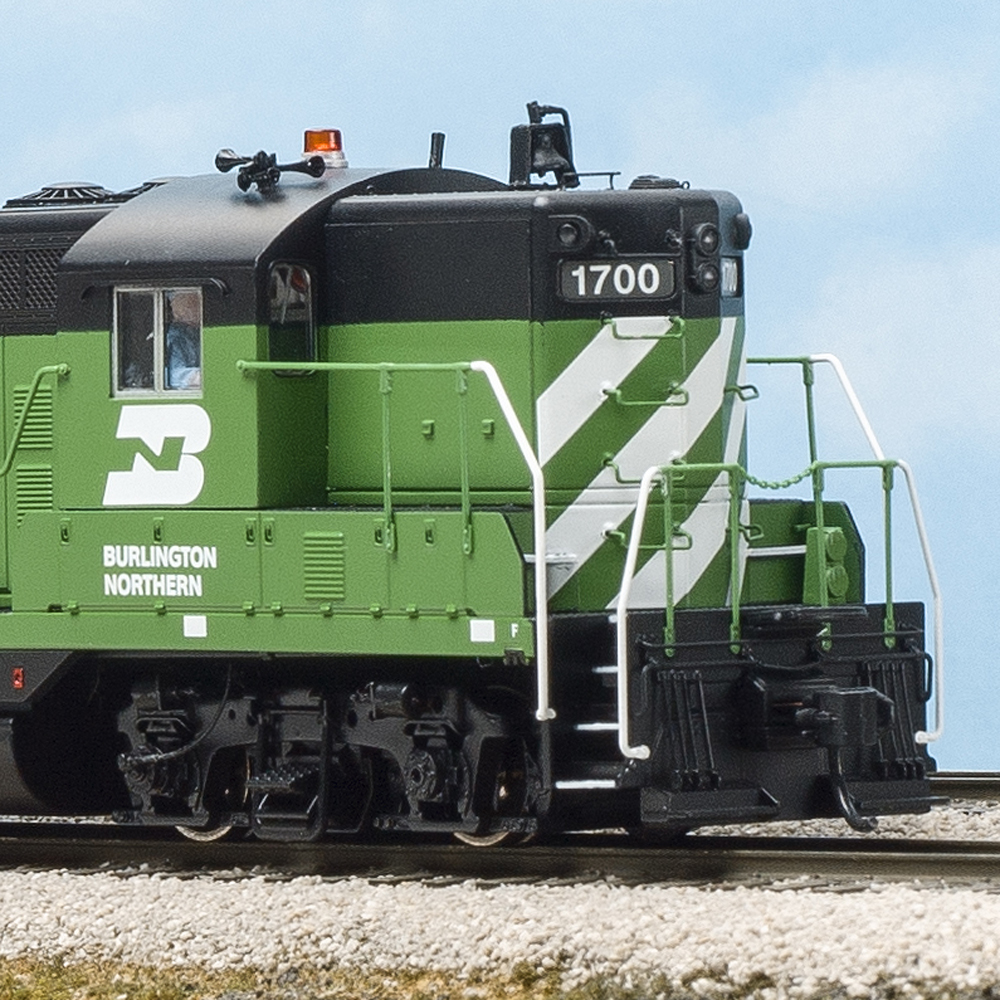
Hobbyists are drawn to specific railroads for a variety of reasons. Perhaps it was the line that served their hometown. Or maybe a relative worked on the railroad. Another reason — with less sentimental attachment — is that they like the paint scheme. The colors applied to diesel locomotives and freight cars are far from […]
Read More…

I love details. Thirty years ago, I built my first craftsman structure kit and found out what details could do to “raise the roof” on my modeling. If you think about it, what you mostly see of a structure on a layout is the roof. On my railroad, a roof has to have one or […]
Read More…

Stone has long been used as a building material in the full-size world. Cut stone can be long lasting as the Greeks and Romans showed us centuries ago. A more recent pair of examples are the stone railroad arch bridges from my home in Melrose, Mass., built in 1848 and the Canton Viaduct, which has […]
Read More…












